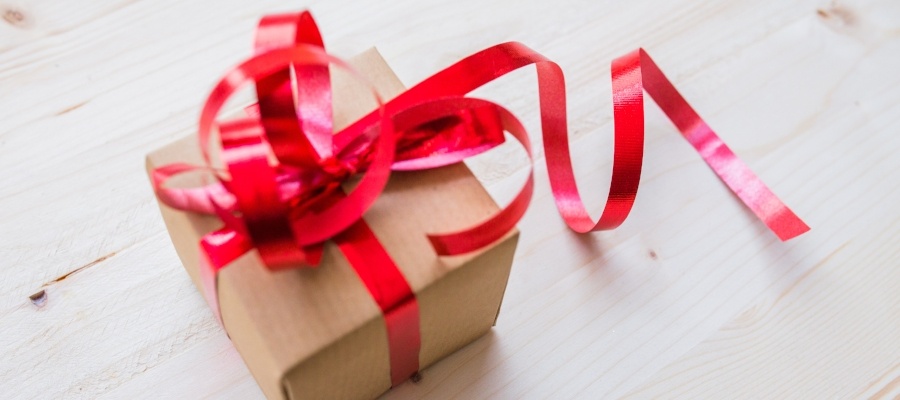
The Dilemma of Freemium-Acquired Donors

There is a perception in direct-response fundraising that donors acquired with a “freemium” — an enclosed gift — are, by definition, low value. That they enter the donor stream with a lower average gift and do not stick with the organization unless they are fed a constant diet of other gifts.
Because Lifetime Value (LTV) of a donor is, statistically speaking, predicted by a donor’s first gift, it’s tempting to look at freemium-based acquisition as a practice with short-term revenue potential — but one that requires continued high investment to retain those donors through the years.
In general, this view has largely played out through the years. But before we get comfortable with “best practice” assumptions, we should look more closely at the data.
Casting a wide net
When considering the dilemma posed by freemium-acquired donors, it’s important to remember a statistical fact: Acquisition campaigns that generate high rates of response almost invariably generate lower average gifts.
If you’re a tuna fisherman, casting a wider net means you’ll catch a few more big tuna. But, because there are many more of them, you’ll also catch a lot more junk fish that need to be tossed back in the water.
Adding a freemium to your acquisition widens your net, and attracts a few more high-value donors, but also attracts many more low-value donors.
According to Jamie Veltri, VP Acquisition and Media at TrueSense Marketing:
“Many times, freemiums do bring in a lower average gift — but that’s because of the higher response rate. It doesn’t necessarily mean there are fewer higher first gifts. If the acquisition package is otherwise strong, even in the presence of a freemium, we find we can retain those high-value donors among the responders.”
Freemiums are not all created equal
What constitutes a “strong” acquisition freemium? Jamie points out that certain freemiums tend to support the mission better than others.
“Magnets, notepads, even bumper stickers can be added to promote an organization’s mission or values and spotlights the impact the donor has. These offers may even increase the number of high-value donors who raise their hands.
“On the other hand, freemiums like wrapping paper, tote bags, etc., which may have perceived retail value, begin to detract from the mission, because they end up taking center stage in the package and the role the donor plays in addressing the problem at hand. These kinds of items attract even more low-value donors than normal and can make the acquisition investment’s ROI harder to achieve.”
In short, packages that contain a strong mission message, with a clear connection to the impact the donor can make, and also offer a freemium that underscores that mission, may play an important role in a nonprofit’s acquisition plan because the high response rate helps ensure donor file growth.
Learning the hard way
Many nonprofits moved away from acquisition freemiums in recent years. First, because of the perception that they degrade donor LTV, and second, because tightened budgets made these expensive packages easy targets for cost-cutting.
Sure enough, these nonprofits enjoyed short-term revenue relief as they saw average first-time gifts increase and package costs decrease, despite the smaller number of new donors.
But as response rates naturally declined in Year 2, they also watched their active donor files shrink, including high-value donor segments, because fewer donors overall were acquired in Year 1. Basically, their buckets of donors were leaking faster than they were being filled. So, in no time at all, those shrinking donor files resulted in shrinking net revenues.
Dancing with the one that brought ya
In the event donors have been brought in via freemium-based acquisition offers, it seems logical to use freemiums in cultivation. It is surprising how often organizations cast their freemium-based net wide, and then fail to speak again to those new donors in the same way they were originally addressed.
Hence the expression, “dancing with the one that brought ya,” the conventional wisdom that freemium-acquired donors must be fed subsequent freemiums to retain them.
“We keep ‘dancing with the one that brought ya’ in mind in cultivation by making sure we have an appeal within the year that has mission-forward labels, a magnet, or notepad,” says Jamie Veltri.
But, she points out, a steady diet is dangerous because it delays a donor’s conversion from a purely transactional relationship with the organization, to one that can become transformational — a commitment to sustained giving, for example, or acceleration into a Mid-Level Giving program.
The key? Once again, careful creative control over mission and donor impact in the story you tell, and the role that the freemium offer plays relative to them.
Volume versus value
Freemium or no freemium? Clearly, a balance must be struck between the donor volume (though lower value) guaranteed by freemium-based acquisition and the better donor value (though lower volume) generated by a non-freemium, mission-driven acquisition.
It makes sense to test freemiums and messaging that use varying degrees of mission strength — both in terms of the story you tell and the images you use — before going all-in or out of freemium usage in acquisition.
And then, if acquired, data suggests that donors will respond well in cultivation to subsequent freemium offers. But heed the warning: A steady freemium diet could quickly turn your donor audience into freemium-addicted buyers, not committed, transformational donors.
This is the third post in a seven-part series about WIN — new donor acquisition, warm prospect conversion, and deeply lapsed reactivation. Subscribe to Heroic Fundraising to have fresh fundraising insights delivered to your inbox monthly.
Other Series Posts
- Long-Term Value Is a Fundraiser’s Most Important Metric. Here’s Why!
- The Importance of Lapsed Donor Reactivation
- Cooperative Database: 5 Reasons Your Charity Should Participate
- How to Convert Your Warm Prospects into Donors
- 8 Tips to Acquire Grateful Patient Donors
- How to Choose the Best Fundraising Channel to Acquire Donors
